
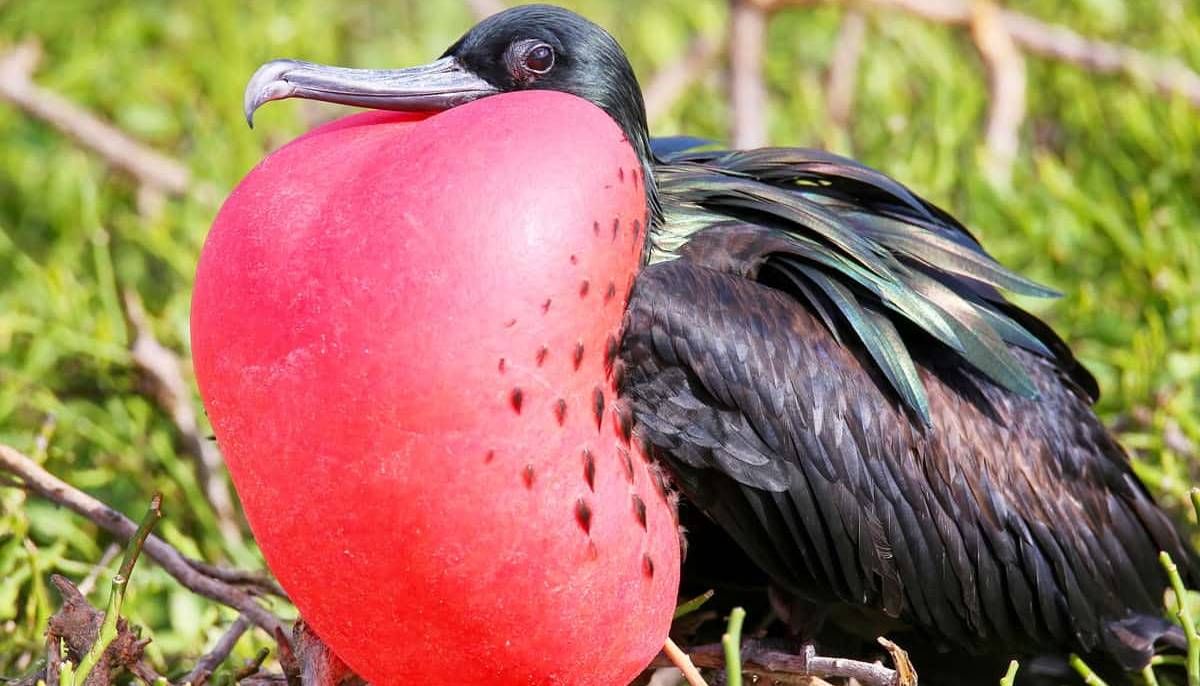
Magnificent Frigatebirds in the Galapagos
Do you want to learn about the magnificent frigatebirds in the Galapagos? In this post, you will learn 15 amazing facts about these super cool birds found in the Galapagos Islands.
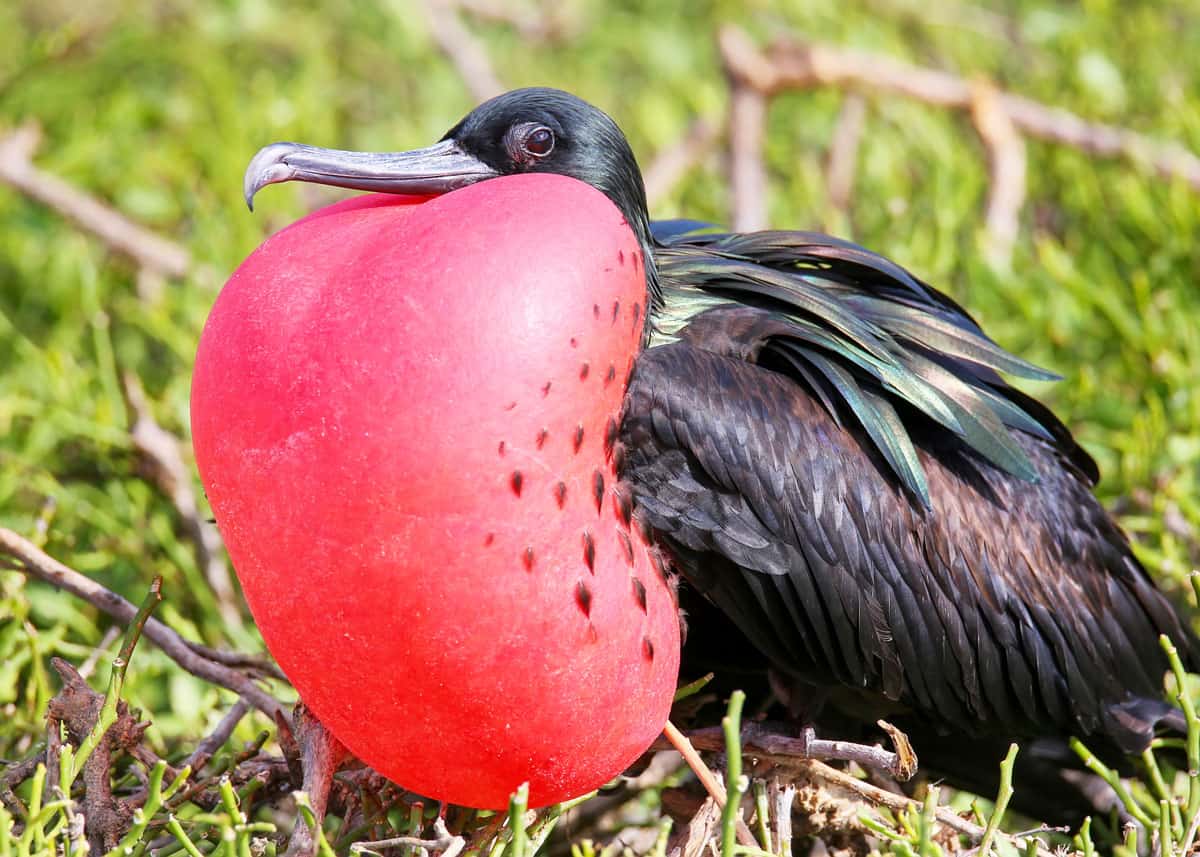
Learn about other Galapagos birds
15 Facts About Magnificent Frigatebirds in the Galapagos
Magnificent frigatebirds live up to their names: magnificent! These birds are truly striking: big, black, and powerful, they make quite a silhouette when flying.
You have very good odds of seeing a magnificent frigatebird on your next Galapagos adventure because they like to fish near land.
Read on to learn more about these amazing birds!
1. Magnificent Frigatebirds can’t land on the ocean
Even though magnificent frigatebirds are seabirds, their feathers aren’t waterproof. Because of this, they can’t land on the ocean. If they did, the water would make them very heavy and they wouldn’t be able to take off, which means that they would eventually drown.
Their legs and feet are very small, so they can’t paddle well with them; they rarely even walk!
2. They have a fishy diet
Being seabirds, it makes sense that the magnificent frigatebird feed mainly on fish, crustaceans, jellyfish, and squid. Magnificent frigatebirds like to feed close to shore, so you have a very good chance of seeing them!
3. They are thieves
Magnificent frigatebirds practice kleptoparasitism, this is a practice that involves stealing the food (fish and squid) from other seabirds, like blue-footed boobies.
While it can be quite amusing to watch, you can’t help but feel kind of sorry for the poor booby; frigatebirds take hold of their tail feathers and shake them violently until they give up their catch.
Watch on YouTube
4. They have specialized beaks
Magnificent frigatebirds have long, thin, hooked beak that is specially designed to help them catch – and steal – slippery fish.
5. They look like they’re ready for a party
When a male magnificent frigatebird blows up that big balloon on its neck, it looks like it’s ready to go to a party! That balloon is actually called a gular sac and it takes them about 20 minutes for him to inflate. They use it to attract a mate in the mating season which can be all year round in the Galapagos and can vary between islands.
6. They sound pretty amazing
Magnificent frigatebirds make a drumming, rattling, clacking type noise that is very interesting and different from most birds that I’ve heard. Check out the video below to hear them!
Watch on YouTube
7. Magnificent Frigatebirds have fascinating colors
Magnificent frigatebirds are mainly black, but they have a beautiful purple sheen on their black feathers – this makes them easily distinguished from great frigatebirds, who have a striking green sheen.
The male has an amazing red gular sac which he uses to attract a female, who has a white patch on her chest instead of a gular sac. Female magnificent frigatebirds have a blue ring around their eyes.
8. They have a fitting name
French mariners called frigatebirds “La Fregate,” like the old warships of the 17th and 19th centuries. The English mariners called the frigatebirds’ Man-of-War birds, but the French mariners’ name stuck. “Frigatebird” is derived from the French “la fregate.”
The name is fitting as the frigates which the birds are named after were fast, maneuverable, and effective vessels. The frigatebird is built for speed and, thanks to there forked tail, they can maneuver easily in the air. Their hooked beak makes them wonderfully effective at fishing and kleptoparasitism.
In Spanish, magnificent frigatebirds are known as “rabihorcado,” meaning “forked tail,” which comes from their deeply forked tail that they use for steering.
9. They are well traveled
Magnificent frigatebirds are found nesting in the Galapagos and the coast of Ecuador down to Mexico and in the Caribbean and Florida. Some small colonies have been found in Denmark, BC, Spain, the Isle of Man, and England.
10. They are monogamous
Male magnificent frigatebirds are monogamous, which means they only mate once per season.
11. It takes 13 days to build their nest
Female magnificent frigatebirds build their nests on top of small shrubs, bushes, or low trees. The males sit on one of these low plants and court the females. The female then builds the nest on the display perch of the male of her choosing.
The male brings her sticks that he has gathered – and stolen from other frigatebirds – to build their nest. She will then build a nest about 1 ft (0.3 m) wide, which takes around 13 days.

12. It takes a long time to raise the young
The mother magnificent frigatebird lays up to 2 white eggs, and both parents care for and feed them for about 3 months. After, the male leaves the female to raise the chick alone for about 1 year.
13. Males mate every year, females mate every 2 years
Because the males only stays with the females for roughly 3 months, it frees him up to mate again next year. But the female stays to take care of the chick(s) so she can only mate every other year.
14. They are the largest frigatebirds in the world
Magnificent frigatebirds can grow up to 3.7 ft (1.1 m) long and a wingspan of up to 8 ft (2.4 m) and weigh up to 3.5 lb (1.5 kg), making them the biggest frigatebird in the world! An average adult man is roughly only 5.9 ft (1.7 m) tall, meaning that a magnificent frigatebird can have a wingspan 2 ft (0.6 m) longer than a man is tall. That is one impressive bird!

15. They live for a long time
There isn’t a ton of data on exactly how long magnificent frigatebirds live, but a good estimate of lifespan should be around 30 years.
Recommended Videos
 Amazonian tree with human-sized leaves finally gets ID’d as new species16276 views
Amazonian tree with human-sized leaves finally gets ID’d as new species16276 views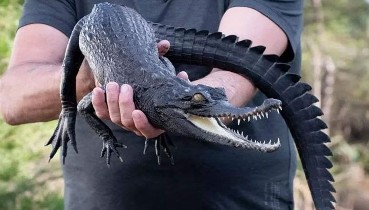 134 Times People Spotted Something Magnificent In Nature And Had To Share It Online (New Pics)127 views
134 Times People Spotted Something Magnificent In Nature And Had To Share It Online (New Pics)127 views-
Advertisements
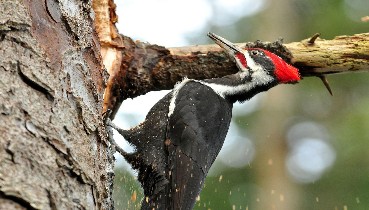 Very strong woodpecker WOW ..152 views
Very strong woodpecker WOW ..152 views A Black Canada Lynx Has Been Caught On Camera for the First Time Ever697 views
A Black Canada Lynx Has Been Caught On Camera for the First Time Ever697 views People Rescue ‘Exotic’ Bird That Couldn’t Fly, Turns Out It’s A Seagull Covered In Curry134 views
People Rescue ‘Exotic’ Bird That Couldn’t Fly, Turns Out It’s A Seagull Covered In Curry134 views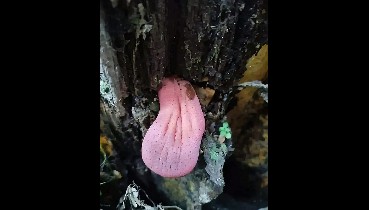 The Beefsteak Fungus, also known as Fistulina hepatica75 views
The Beefsteak Fungus, also known as Fistulina hepatica75 views Adorable Marble Fox898 views
Adorable Marble Fox898 views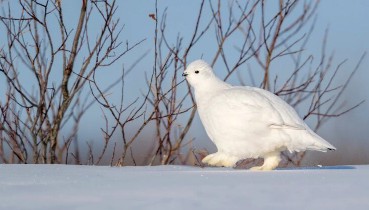 Adaptation in Action: 6 Remarkable Animals That Change Color in Winter43 views
Adaptation in Action: 6 Remarkable Animals That Change Color in Winter43 views
You may also like
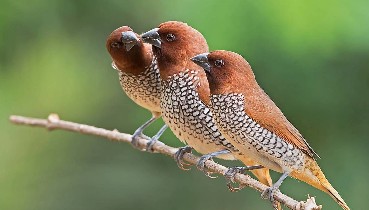 The scaly-breasted munia or spotted munia (Lonchura punctulata), known in the pet trade as nutmeg mannikin or spice finch, is a sparrow-sized estrildid finch native to tropical Asia.
The scaly-breasted munia or spotted munia (Lonchura punctulata), known in the pet trade as nutmeg mannikin or spice finch, is a sparrow-sized estrildid finch native to tropical Asia. 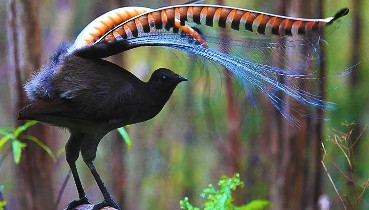 The Fascinating Story of the Lyrebird that Mimicked a Farmer’s Flute
The Fascinating Story of the Lyrebird that Mimicked a Farmer’s Flute  Rare WHITE Giraffes Are Spotted In Kenya And Captured On Video For The First Time
Rare WHITE Giraffes Are Spotted In Kenya And Captured On Video For The First Time 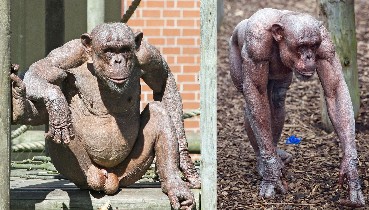 THESE terrifying images of muscle-bound chimps show why we should all pray the apes don't ever try to take over the world...
THESE terrifying images of muscle-bound chimps show why we should all pray the apes don't ever try to take over the world...